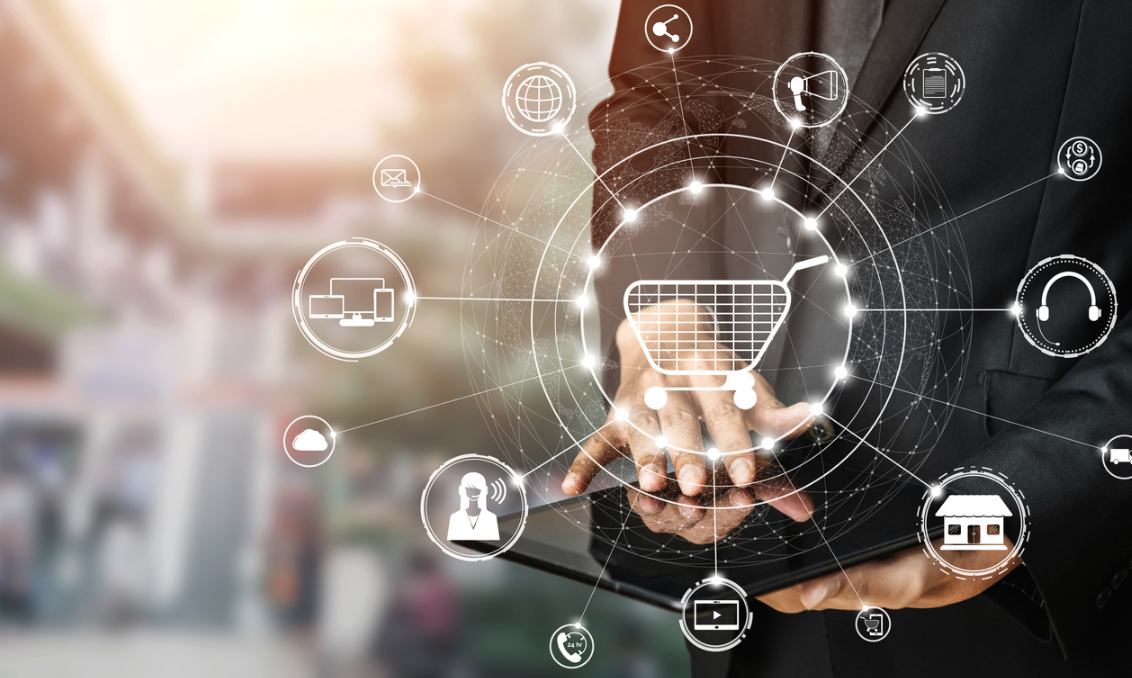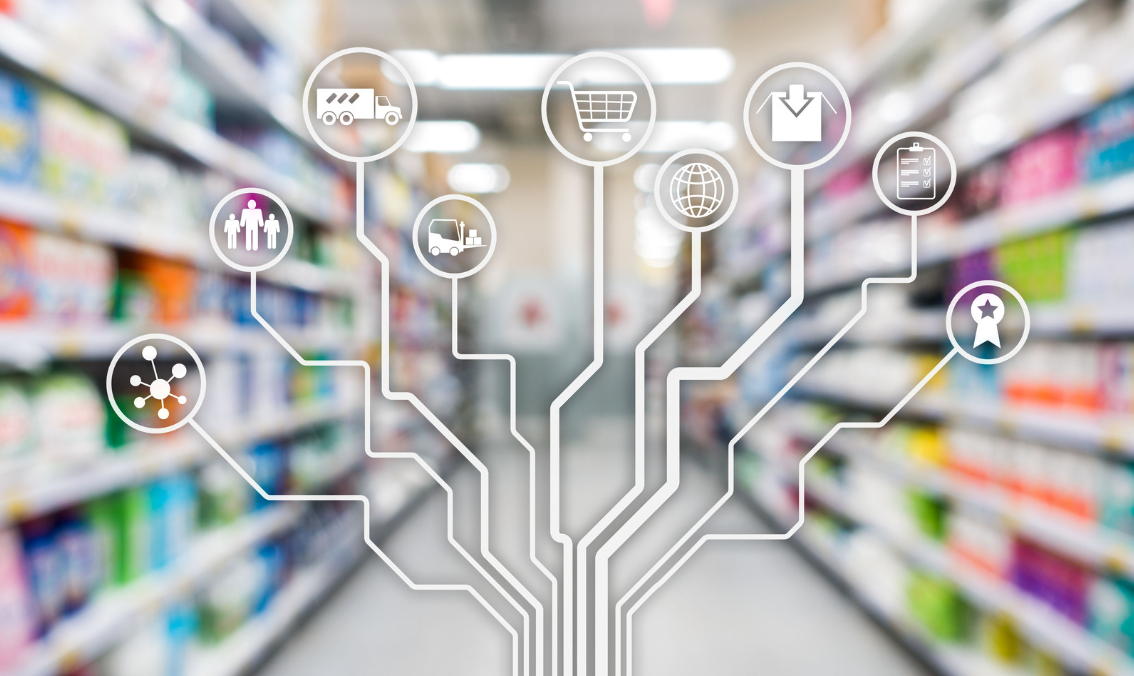In the vibrant retail landscape of Macau, omnichannel retailing is revolutionizing how consumers shop and interact with brands. This strategy integrates various shopping channels—physical stores, online platforms, and mobile applications—into a seamless experience that enhances customer engagement and satisfaction. As e -commerce continues to expand, particularly in the wake of the COVID-19 pandemic, retailers in Macau are increasingly adopting omnichannel strategies to meet evolving consumer demands.

Understanding Omnichannel Retailing
Omnichannel retailing goes beyond simply having multiple sales channels; it focuses on creating a cohesive and integrated shopping experience for customers. This means that whether a consumer shops online via a website or mobile app, or visits a physical store, they encounter a consistent brand presence and experience. Unlike multichannel retailing, which often operates with siled systems that do not communicate with one another, omnichannel retailing ensures that all channels are interconnected, allowing for real-time inventory visibility and customer data sharing across platforms.
The essence of omnichannel retailing lies in its ability to provide customers with flexibility and convenience. For instance, customers can browse products online, check their availability at nearby stores, and choose whether to pick up their purchases in person or have them delivered. This approach caters to the modern consumer's desire for a personalized shopping experience that aligns with their preferences and lifestyles.

The Growth of E-commerce in Macau
Macau's e-commerce market has seen significant growth, particularly with the launch of platforms like Macau Plaza, which aims to connect local businesses with consumers in mainland China. This initiative allows local companies to sell their products on major Chinese e-commerce platforms such as Tmall and WeChat Mini Programs. The platform not only facilitates access to a vast consumer base but also addresses logistical challenges related to cross-border sales.
As internet penetration in Macau reaches nearly 98%, coupled with high smartphone usage, the potential for e-commerce growth is immense. More than 80% of the population engages in online shopping, making it imperative for retailers to adopt omnichannel strategies that leverage both digital and physical touchpoints effectively.
Enhancing Customer Experience through Technology
Technology plays a crucial role in the success of omnichannel retailing. Retailers are increasingly utilizing advanced technologies to streamline operations and enhance customer interactions. For example:
- Chat Commerce: Solutions like Omnichat enable retailers to manage customer inquiries across various social media platforms seamlessly. This integration allows for personalized marketing and improved customer service.
- Augmented Reality (AR): Brands such as Cartier have incorporated AR experiences into their physical stores, allowing customers to engage with products interactively before making a purchase decision.
- Automated Messaging: Retailers can use automated messaging systems to remind customers about abandoned carts or promote special offers via popular messaging apps like WhatsApp.
These technological innovations not only improve the shopping experience but also help retailers gather valuable data on consumer behavior, enabling them to tailor their offerings more effectively.

Retail Automation: A Game Changer
Retail automation is another critical component of omnichannel strategies in Macau. Automated systems for inventory management, order processing, and customer service help streamline operations and reduce costs. For instance:
- Headless Commerce: This approach decouples front-end customer interfaces from back-end systems, allowing retailers greater flexibility in how they present products across different channels.
- Unmanned Stores: Inspired by trends in mainland China, some retailers are experimenting with unmanned stores where customers can select products and pay without human interaction. This concept enhances convenience while reducing operational costs.
Such innovations not only improve efficiency but also cater to the growing demand for contactless shopping experiences—a trend accelerated by the pandemic.
Benefits of Omnichannel Retailing
The advantages of adopting an omnichannel retail strategy are manifold:
- Improved Customer Experience: By providing a seamless shopping journey across various channels, retailers can enhance customer satisfaction and loyalty. Research shows that omnichannel customers tend to spend more than those who shop through single channels.
- Increased Sales: Omnichannel strategies allow retailers to tap into new revenue streams by reaching consumers wherever they are—whether online or offline. For example, initiatives like Buy Online, Pick Up In Store (BOPIS) have proven effective in boosting average order values significantly.
- Better Data Collection: A unified data approach enables retailers to track customer behavior across channels, leading to more informed decision-making regarding inventory management and marketing strategies.
- Enhanced Brand Loyalty: Consistent brand messaging across all touchpoints fosters trust and loyalty among consumers. A positive return experience can also encourage repeat purchases; studies indicate that 96% of consumers are likely to shop again after a good returns experience.
Challenges Ahead
Despite the promising outlook for omnichannel retailing in Macau, several challenges persist:
- Logistical Complexities: Managing cross-border logistics can be cumbersome for local businesses looking to expand into mainland China. Issues related to customs procedures, storage solutions, and tax regulations need addressing.
- Technology Integration: While technology is essential for implementing omnichannel strategies, integrating various systems can be complex and resource-intensive.
- Consumer Expectations: As consumers become increasingly accustomed to seamless shopping experiences provided by major global brands like Amazon and Alibaba, local retailers must continuously innovate to meet these rising expectations.
The Future of Omnichannel Retailing in Macau
Looking ahead, the future of omnichannel retailing in Macau appears bright as more businesses recognize the importance of integrating their sales channels. The government's support for e-commerce initiatives further bolsters this growth trajectory by encouraging local SMEs to explore new markets.
As technology continues to advance and consumer preferences evolve, retailers must remain agile and responsive. By leveraging data analytics and innovative technologies while maintaining a focus on customer experience, businesses can thrive in an increasingly competitive landscape.
In conclusion, omnichannel retailing is not just a trend but a fundamental shift in how consumers interact with brands in Macau. By embracing this approach, retailers can create meaningful connections with their customers while driving growth and innovation in the region's dynamic retail market.
For more insights into how businesses can harness these trends effectively within the context of Macau's unique market dynamics, visit databoomb.hk.

